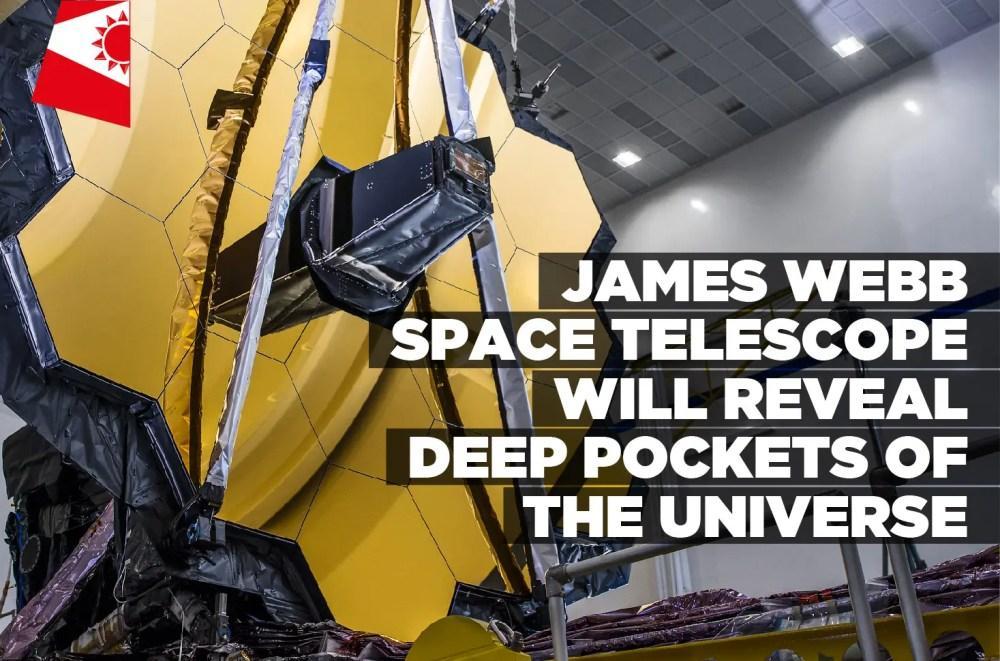Africa-Press – Mauritius. THE first full-colour images and spectroscopic data from the James Webb Space Telescope will be released on Tuesday at 17:00 Eastern Daylight Time (EDT), which will be at 23:00 in Namibia – giving viewers a closer look at cosmic objects that are lightyears away.
According to a statement released by the National Aeronautics and Space Administration (NASA), the images will be released by NASA in partnership with the European Space Agency (ESA) and the Canadian Space Agency (CSA).
These images, NASA said, mark the official beginning of the telescope’s science operations. NASA explained that the James Webb Space Telescope is not only expected to solve our solar system’s mysteries, but is also expected to give us a closer look at distant worlds around other stars.
In fact, the images that will be released on Tuesday will give viewers an opportunity to view specific cosmic objects that are thousands (and, in some cases, millions) of lightyears away from Earth.
One of these cosmic objects that was targeted by the telescope is the Carina Nebula, which is one of the largest and brightest nebulae in the sky and home to massive stars that are several times larger than the Sun.
NASA said that this nebula is about 7 600 lightyears away – significantly farther than the second cosmic object that the telescope targeted, which is a giant planet outside our solar system about 1 150 lightyears away, known as the WASP-96 b.
Even farther, about 290 million lightyears away, is another cosmic object that the telescope targeted: Stephan’s Quintet, notable for being the first compact galaxy group discovered in 1877.
The telescope’s images will give viewers the rare opportunity to view this extremely distant galaxy group that is located in the constellation Pegasus.
The images will also afford viewers a closer look at an expanding cloud of gas that surrounds a dying star about 2 000 lightyears away – known as the Southern Ring Nebula.
Besides this, the telescope also captured images of SMACS 0723, which NASA defines as an area where massive foreground galaxy clusters magnify and distort the light of objects behind it and this enables a deep field view into extremely distant and faint galaxy populations. NASA said that these images will be available on social media and on the NASA website at www. nasa. gov/webbfirstimages from Tuesday.
Before then, NASA explained, the President of the United States of America (USA) will release one of the telescope’s first images at a preview event on Monday and after the rest of the images are released on Tuesday, Webb experts will answer questions about the first images and data in a NASA Science Live show, which will be available on NASA Science Live website, YouTube, Facebook, and Twitter.
For More News And Analysis About Mauritius Follow Africa-Press







